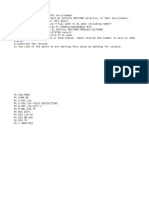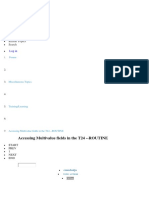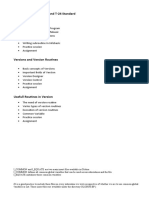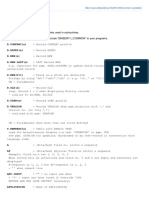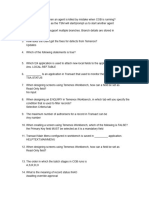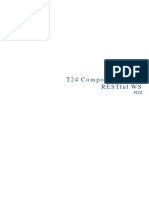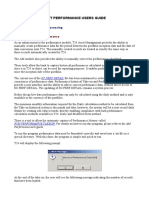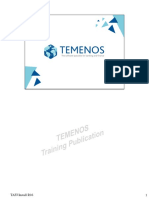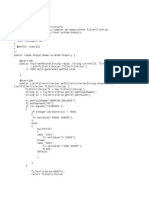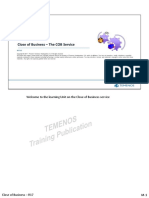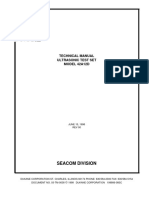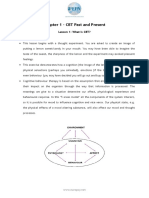0% found this document useful (0 votes)
261 views35 pagesTAFJ Basic Program Compilation Guide
The document discusses how to compile basic programs using the TAFJ compiler tool tCompile. It explains that tCompile translates basic code to Java bytecode by using a lexer, parser, and tree walker. It compiles the files and generates a Java class for each basic program. Directories for basic source files, generated Java files, and property files can be specified. Excluding files from compilation is also described using the -reject option.
Uploaded by
suchi vedhaCopyright
© © All Rights Reserved
We take content rights seriously. If you suspect this is your content, claim it here.
Available Formats
Download as PDF, TXT or read online on Scribd
0% found this document useful (0 votes)
261 views35 pagesTAFJ Basic Program Compilation Guide
The document discusses how to compile basic programs using the TAFJ compiler tool tCompile. It explains that tCompile translates basic code to Java bytecode by using a lexer, parser, and tree walker. It compiles the files and generates a Java class for each basic program. Directories for basic source files, generated Java files, and property files can be specified. Excluding files from compilation is also described using the -reject option.
Uploaded by
suchi vedhaCopyright
© © All Rights Reserved
We take content rights seriously. If you suspect this is your content, claim it here.
Available Formats
Download as PDF, TXT or read online on Scribd
/ 35










